The Ultimate Beatles ‘Record Store Day’: December 3, 1965
by Colin Fleming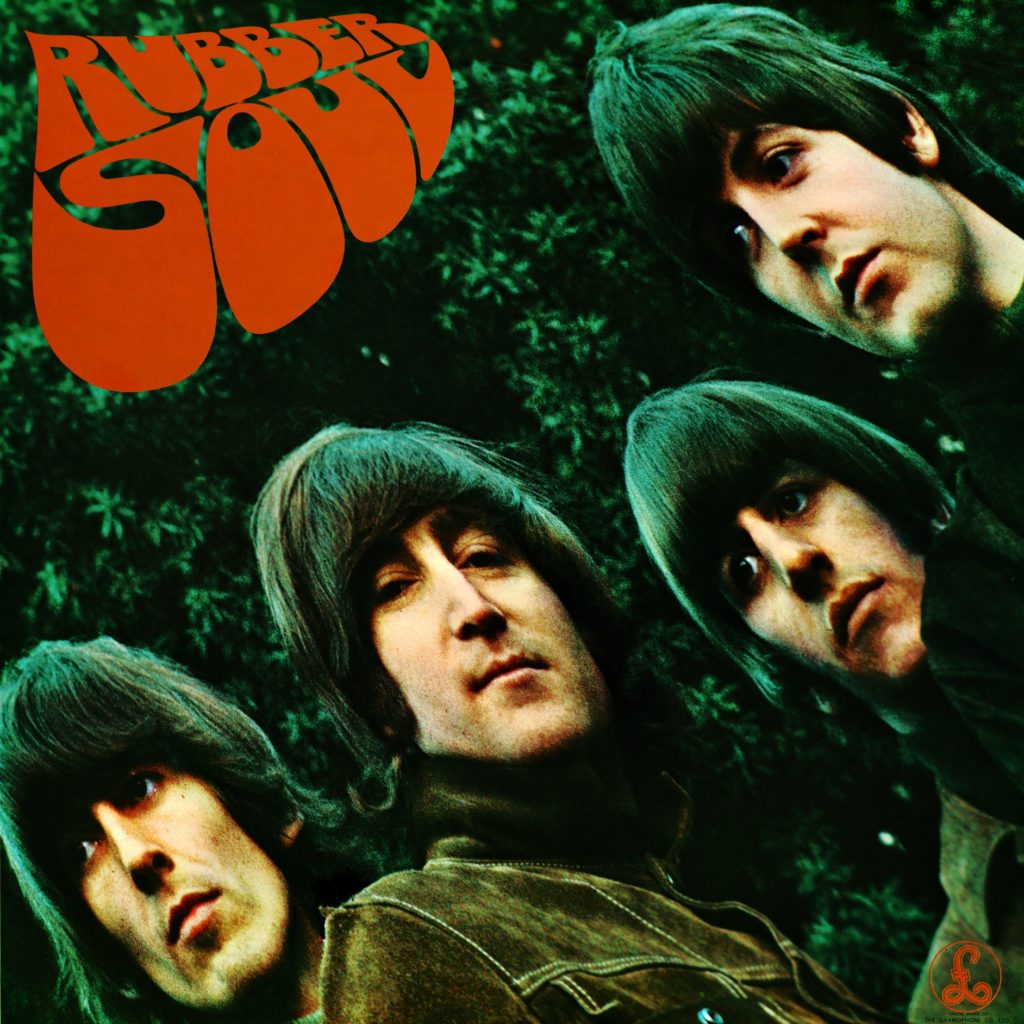 In an era of “I want what I want and I want it now,” it’s easier than ever to rob ourselves of the kind of indelible experience that transcends its moment and is carried forward into the rest of our lives. It’s great that we are able to root up treasures—Nick Drake outtakes, a killer 1968 Grateful Dead audience recording, the first-ever take of Chuck Berry’s “Johnny B. Goode”—with but a keyboard and a fluttering of fingers.
In an era of “I want what I want and I want it now,” it’s easier than ever to rob ourselves of the kind of indelible experience that transcends its moment and is carried forward into the rest of our lives. It’s great that we are able to root up treasures—Nick Drake outtakes, a killer 1968 Grateful Dead audience recording, the first-ever take of Chuck Berry’s “Johnny B. Goode”—with but a keyboard and a fluttering of fingers.
If you know where to look, or are willing to expend the effort, treasures may be yours by the day, such that you’ll soon need an external drive that packs plenty of storage punch.
There is something wondrous, though, about the actual, out-in-the-world journey, whether that’s to some distant record store to verify whether the rumors are true that there are original Trademark of Quality bootlegs to be found deep in the vinyl racks, or across town to the shop because the latest LP from our favorite band has come out that day.
The Beatles were romanticists in that they cultivated and encouraged imagination. They were musical dreamers. If they could imagine it, they could produce the sound of what they had imagined.
To love the Beatles is to be happily enmeshed within this same reticular framework, a realm of musical, accordant arabesques that in their turn encourage us to dream—or daydream—and act with greater benefits than most realize. Daydreams are like doodles from which viable, instructive shapes emerge. We do well to make sure we have them.
Think about the child of the 1960s, knowing that tomorrow, on that early summer day, she could go to the record store and purchase Sgt. Pepper’s Lonely Hearts Club Band. Music lovers embrace the record store environment: The act of being there, looking for something, open to the possibility of finding outstanding music you’ve never heard, browsing and thumbing and listening with the like-minded.
Related: What was it like seeing the Beatles perform in 1965?
The record store is the music version of the movie theater. We come together, and the experience is different than when we’re off on our own, clicking through screens.
Imagine what it was like to see the Beatles at the Cavern on your lunch break, even if they only played there during a period in which you’ve never lived; it’s the same as trying to make various theoretical determinations from out of this same vein of romanticism.
For instance: If you were a contemporary Beatles fan, on what day would you most have looked forward to going to the record store?
Again, let’s go back to June 1, 1967, when Sgt. Pepper came out. That would have been a big one, in large part because you knew that that record was going to be big as well, and something beyond—in all likelihood—what a record had ever been, if you’d kept up with the notices in the press, understood the path the Beatles had been on, and were able to read a cultural tea leaf or two—not that you had to be that great at it.
But the best answer must be December 3, 1965, when the Beatles were singlehandedly—or four-person collectively, if you prefer—responsible for the ultimate record store day that was tantamount to a bravura gauntlet thrower of, “Behold the releases we have put out at the same time!”
This is the day when the Beatles issued both Rubber Soul and their double A-side single, “Day Tripper”/“We Can Work It Out.” You’d be permitted to have thought that the band’s last album—Help!—had been their weakest to date, just as Beatles for Sale—which came before—was no A Hard Day’s Night. You may have even thought that the Beatles had peaked the year prior, and these were the sounds of the other side of the mountain. Great sounds. But not peak sounds.
December 3 would have disabused people of those ideas right quick. Singles were still bigger—impact-wise—than albums, so with the single we begin, as it also likely would’ve been what our imagined Beatles fan played first after getting home from the record store with the booty.
“Day Tripper” possesses one of the dozen greatest all-time rock and roll riffs. It’s a song that you use to test out a stereo’s quality, given how rich and true that riff rings out. The song is in a rhythm and blues groove, but it’s also otherworldly: music for a house party on Mars, which would be joined the next year by the likes of the Rolling Stones’ “19th Nervous Breakdown” and “Have You Seen Your Mother, Baby, Standing in the Shadow,” the Yardbirds’ “Shapes of Things” and “Happenings Ten Years Time Ago” and the Byrds’ “Eight Miles High.” They all share the riff component, but would those other tracks occur sans “Day Tripper”?
Nor was there any drop-off when you flipped the disc over to “We Can Work It Out.” Both songs are tandem efforts, though “Day Tripper” is cast in what’s closer to a John Lennon mode, and “We Can Work It Out” has a larger Paul McCartney quotient—going by feel, that is.
“We Can Work It Out” is all about relationship dynamics, the push and pull of compromise, of keeping one’s temper in check, of apologizing in those ways that we do beyond the use of words like “I’m sorry.” Having listened to each song 10 times on that day, we’d struggle to pronounce either better than the other. It’s a coin toss.
With it now being time to dig into that long player, a listener could reasonably expect to hear music similar to what they just had, as if “Day Tripper” and “We Can Work It Out,” might have slotted on Rubber Soul, but weren’t included because the Beatles had enough songs and believed in giving their fans maximum value.
“Day Tripper” has some overlap with the shiny, shouty, brass and balls of the album-opening (everywhere except North America, that is, where “I’ve Just Seen a Face” opened the LP) “Drive My Car,” but this is closer to a soul number than it is a cross between an R&B groover and preternatural guitar extravaganza.
Listen to a live Beatles version of “Day Tripper” from Japan
Listen to Paul reprising “We Can Work It Out” for his 1993 Paul Is Live album
The following “Norwegian Wood (This Bird Has Flown)” likewise is a distant sonic cousin of “We Can Work It Out,” save that it’s also English folk music—infused with Indian modalities. Already we know that Rubber Soul and the double A-side single that was released simultaneously are works of popular art far afield from each other. What a trove.
Imagine thinking about how the rest of this day of listening proceeded for our fan. Who else would have married rhythm and blues with this ascendent form of folk music and its emphasis on the urban—the sun-dappled home with an abundance of potted plants, a nice selection of Bob Dylan LPs, the half-empty mug of tea, and a few watercolors—as both a departure from, and a new iteration of, the bucolic, as these Beatles did?
There were some, no doubt, who wanted music they were already accustomed to, who hopped off the Beatles bus, so to speak, rather than rejoice with the advent of ultimate record store day. Didn’t matter—when you have enough people, you have enough people.
The Beatles wouldn’t double up like this again. They had the option to with Sgt. Pepper and “Strawberry Fields Forever”/“Penny Lane” in a reprise of this stupendous feat, but their mantra was always one of “once is enough, if you’ve done it the best it can be done.”
And never has a band given listeners a better reason to get out to the shops than the Beatles did on their ultimate record store day. [Rubber Soul is available in the U.S. here and in the U.K. here.] Writer Colin Fleming’s books are available here.
Listen to an early take of “Norwegian Wood,” from the Anthology 2 release

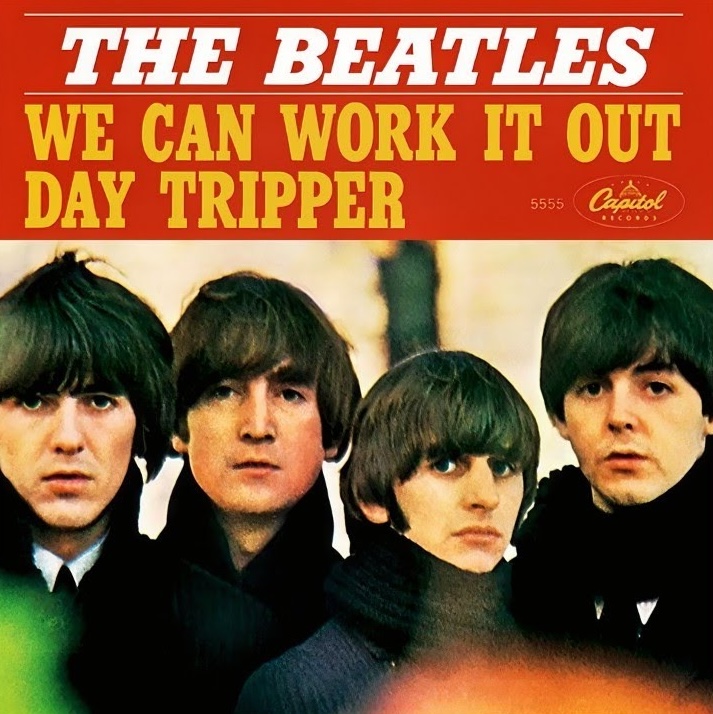
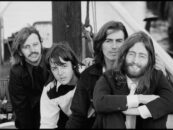

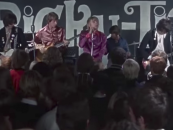
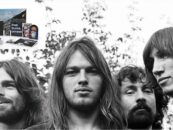

5 Comments so far
Jump into a conversationI must admit that I read anything that is to do with The Beatles , I’ve probably read it before , not that makes any difference !! At 73 there’s not much I’ve not read before ! I love listening to music , especially from the sixties , keeps me young !
As an 11 year old in 1967, I walked into my local drug store to purchase the new Beatles LP because all the older kids were talking about it. No one had heard it that I recall, I’m guessing word of mouth was what they were going on. I brought it home and thought what is this ? It was nothing like the only 2 other ones I had Yesterday and Today and Beatles 65. Of course I had to play it for the big kids and they instantly loved it. Lovely Rita and the title track stuck with them as the standout tracks.It came to all the camp outs where an extension cord would reach. After the newness faded it sat on my shelf while the older records and Monkees records were played. It took a while for me to catch up with what it was, a true game changer. For that summer though I was accepted by the older kids and became a “cool kid” for a moment.
It makes me wonder what will find on the Rubber Soul boxed set.
No Rubber Soul boxed set has been announced as of now Maybe next year.
I love the fact that the Beatles would release singles that would not appear on the albums. But what if Day Tripper/We can work it out had been on Rubber soul? What if side 2 of Pepper started with Strawberry fields (sorry George!) and we replace When I’m 64 with Penny Lane? C’mon now! Two great albums made even better….:)